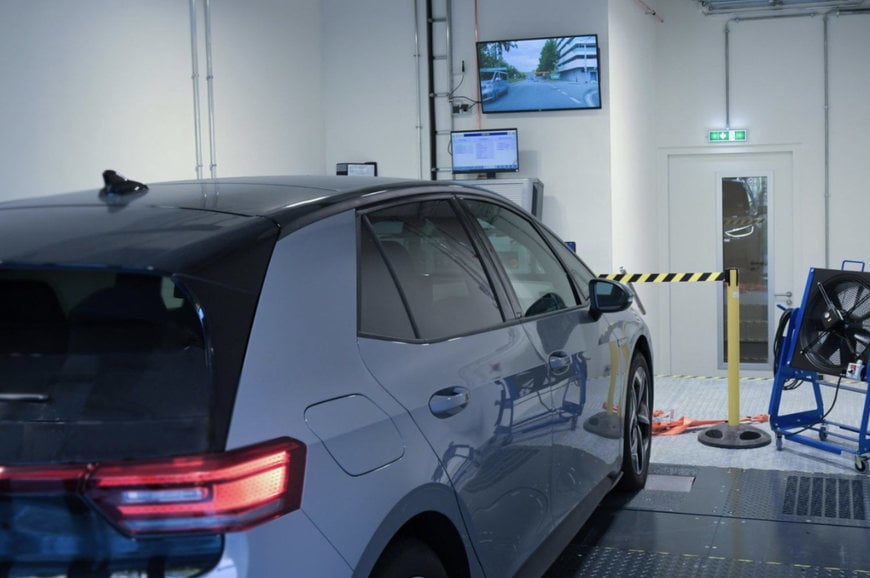www.magazine-industry-usa.com
10
'22
Written on Modified on
FRAUNHOFER: SIMULATION-BASED AND HIGHLY DYNAMIC VIRTUAL PROTOTYPING
Fraunhofer researchers will demonstrate how virtual prototyping can be used for simulations to detect errors and problems in complex electronic control systems.

In microelectronics, development cycles are significantly more complex than in conventional mechanical engineering. For application-specific integrated circuits (ASICs) and other embedded systems, it is not uncommon to see lead times of six months or more. Any delays can lead to missed market launch opportunities. To shorten these processes, Dr. Christoph Sohrmann and his team at the Fraunhofer Institute for Integrated Circuits IIS, Division Engineering of Adaptive Systems EAS, are providing support for their customers through virtual prototyping: “We execute parts of the product development chain using simulations, which allows us to break up the development flow so that multiple teams can start in parallel,” explains the Virtual System Development group manager.
From purely virtual models to test stands for testing hardware and software in the context of the target product, the tests, conducted by scientists, allow for an agile development process. “Using virtual models allows us to start intensive software tests long before the hardware is available. Our customers can test their system piece by piece in the loop: This increases coverage significantly and produces more robust systems. The virtual development supplements the conventional development cycle. The software has far fewer errors when it reaches the actual prototype,” explains the EAS expert Sohrmann. This is a crucial point, because the costs of fixing an error increase exponentially from the concept to the mass production phase. If a product has to be recalled, that could spell the end of a business. This means that errors need to be identified and eliminated as early as possible.
Another good reason for virtual-based development methods is the number of tests that are necessary to ensure that a system can run without errors. The existence of countless borderline cases and exceptions poses a particular challenge. Sohrmann explains this using cars as an example: “Many of the latest models stay in lane automatically. When the sun reflects off the crash barrier, it can create an additional line on the road surface. The car can suddenly start to navigate using this third bright line.” In the simulation, experts can have a million cars driving in parallel and run through many more driving situations in the same development time — this leads to significant savings in time and costs, which saves many millions of miles traveled for the real model in the automotive sector.
Validation of AI-based systems
Testing procedures for intelligent, self-learning systems are also a focus for the professionals at EAS. For example, what do TÜV testing processes for self-driving vehicles need to look like? A lot can change in three years — in a city and in a vehicle. AI algorithms also learn and will change accordingly during that time. TÜV nonetheless needs to be able to check that all the systems are functioning correctly. A general inspection cannot take up three weeks, so virtual assistance at the test stand is unavoidable. “That is a major challenge. These testing procedures need to be available in under ten years,” Sohrmann points out. Accordingly, the researchers intend to continue their collaboration with the bodies responsible, not only in the form of consulting but also in technical support.
The experts are certain: The importance of virtual prototyping will only continue to grow in the future — especially wherever AI is used. This requires validated testing procedures that can guarantee that the products will work correctly in the long term.
www.fraunhofer.com

